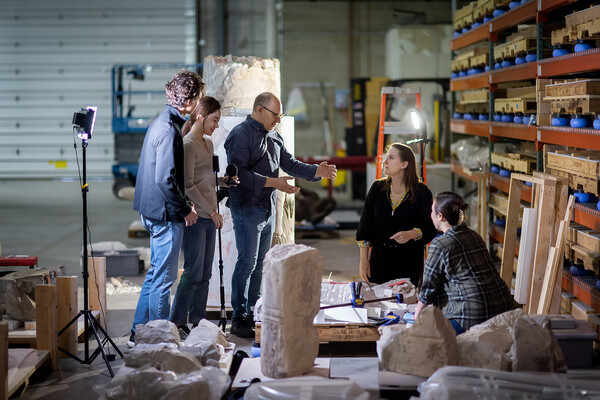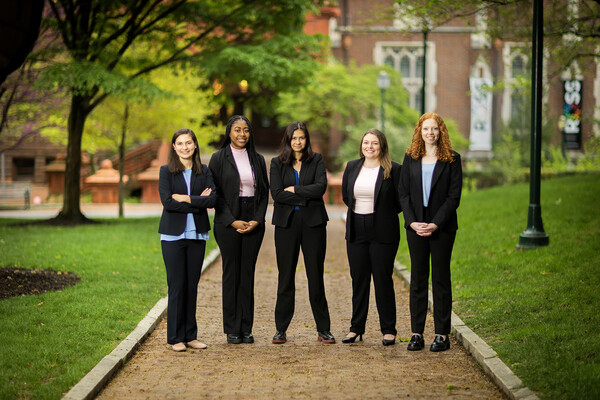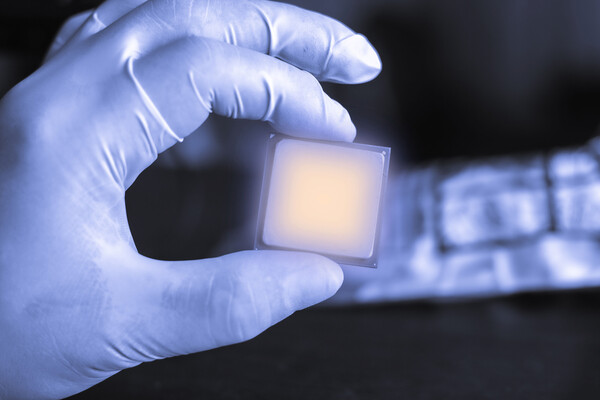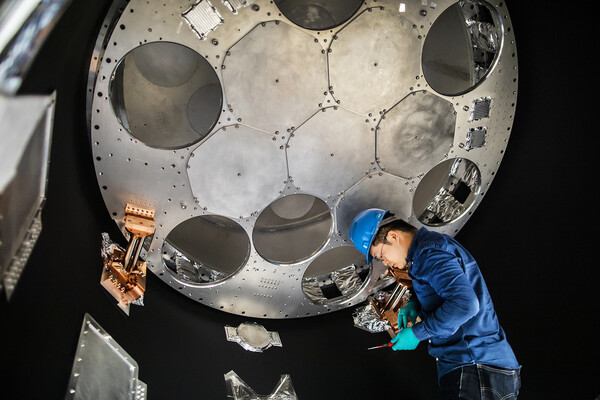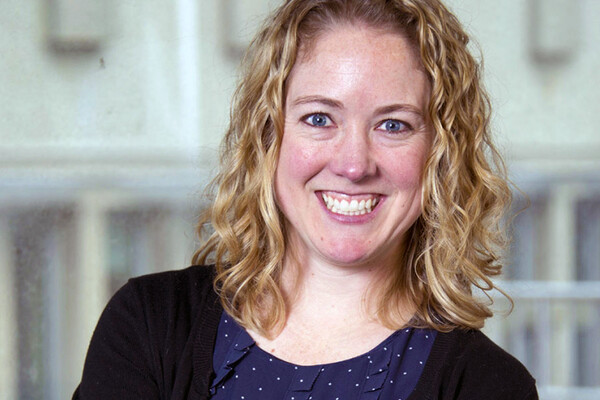Modeling nuclear matter in two dimensions greatly simplifies understanding interactions among “cold,” dense quarks—including in neutron stars.
Latest News
Virtual reality in an ancient world
Students create films to document the reimagining of the Penn Museum’s Ancient Egypt and Nubia galleries.
New Insights on the Interplay of Electromagnetism and the Weak Nuclear Force
Theorists find new electromagnetic effects that shift the spin-dependent coupling of the nucleon to the weak force and point out the implications for new physics in beta decay.
Safe and sound: Sonura supports newborn development by sequestering disruptive noise
A team of five recent graduates from the School of Engineering and Applied Science and recipients of the 2023 President’s Innovation Prize have developed a beanie that filters out harmful noises for infants in neonatal intensive care units.
Lithography-free photonic chip offers speed and accuracy for AI
Penn engineers have created a novel photonic device that provides programmable on-chip information processing without lithography, offering the speed, accuracy, and flexibility for AI applications.
A Holographic View into Quantum Anomalies
New calculations provide insights into the dynamics of the chiral magnetic effect in heavy ion collisions.
A grant to upgrade Simons Observatory
Mark Devlin and colleagues have been awarded an NSF grant to upgrade the prominent observatory in the high Atacama Desert in Northern Chile.
Detecting Neutrinos from Nuclear Reactors with Water
The SNO+ experiment has for the first time shown that neutrinos from a nuclear reactor over 240 km away can be detected with plain water.
Penn welcomes energy justice scholar Sanya Carley
Carley will be the Presidential Distinguished Professor of Energy Policy and City Planning in the Weitzman School with an affiliation with the Kleinman Center for Energy Policy.
2018 graduate awarded Knight-Hennessy Scholarship
Focused on tackling climate change, 2018 Penn graduate Krish Mehta, from Mumbai, has been awarded a 2023 Knight-Hennessy Scholarship for graduate studies and global leadership training at Stanford University.



